14 Cold-Weather Skincare Mistakes to Avoid This Season
Cold weather can be tough on the skin, and small mistakes in a routine can make dryness and irritation worse. From skipping sunscreen to overusing hot water, these habits often cause more harm than we realize. Knowing what to avoid helps keep skin comfortable and healthy throughout the season.
This post may contain affiliate links, which helps keep this content free. Please read our disclosure for more info.
Skipping Sunscreen in Winter

Many people think sunscreen is unnecessary once summer ends, but harmful rays don’t disappear when the temperature drops. UV light still penetrates through clouds, and snow can reflect those rays back onto the skin. Without sunscreen, skin can dry faster and signs of aging can show sooner. Protecting exposed areas like the face, neck, and hands makes a noticeable difference.
Even if you spend most of your time indoors, light from windows can reach the skin. Applying sunscreen in the morning keeps the habit consistent, no matter your plans for the day. Choose formulas with at least SPF 30 and reapply if you’ll be outdoors for long periods. This small step helps preserve skin health year-round.
Using Hot Water for Showers
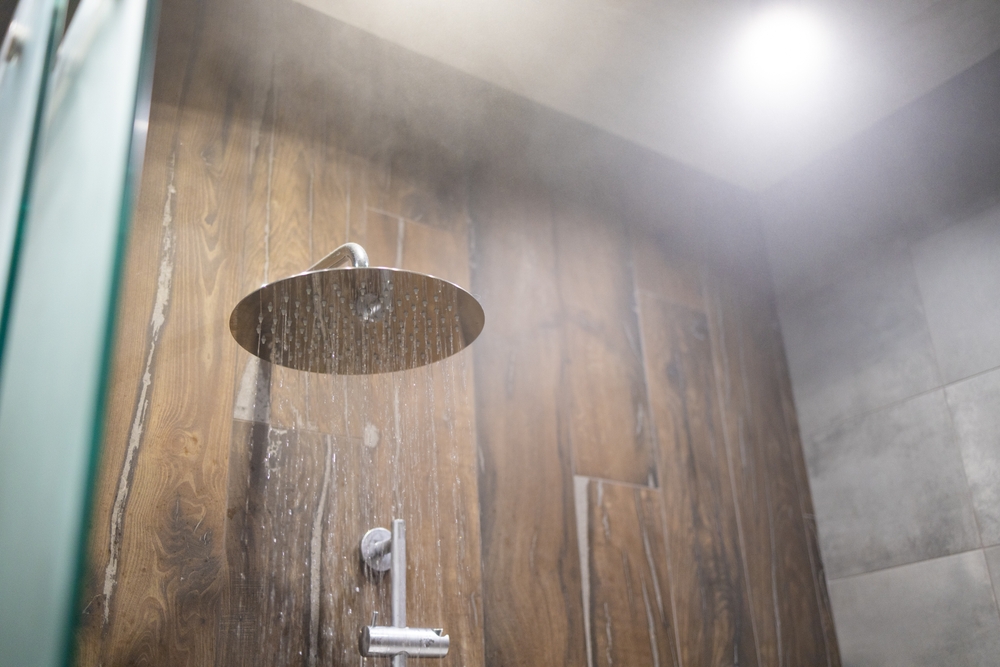
A steaming shower may feel comforting on a frosty day, but it quickly strips away natural oils. This leaves the surface dry, itchy, and tight after you step out. The hotter the water, the more damage it causes, especially for sensitive skin. Over time, this habit weakens the skin’s natural barrier.
Lukewarm water is a better choice when bathing in colder months. It still feels soothing but causes less irritation. Limiting shower time to 10 minutes or less also reduces the loss of hydration. Finishing with a gentle moisturizer helps replace what heat has taken away.
Forgetting to Moisturize Right After Washing

When skin is left bare after cleansing, water evaporates and takes hydration with it. Applying lotion or cream right away prevents that moisture loss. This timing is especially important in cold months, when dryness is already more common. Missing that window makes the product less effective.
Think of moisturizer as a seal that locks in hydration. Applying it on slightly damp skin creates a protective barrier that holds water in. Keeping a bottle within reach of the sink or shower makes the habit easier. Simple consistency can help reduce flakiness and irritation.
Relying on Lightweight Summer Moisturizers
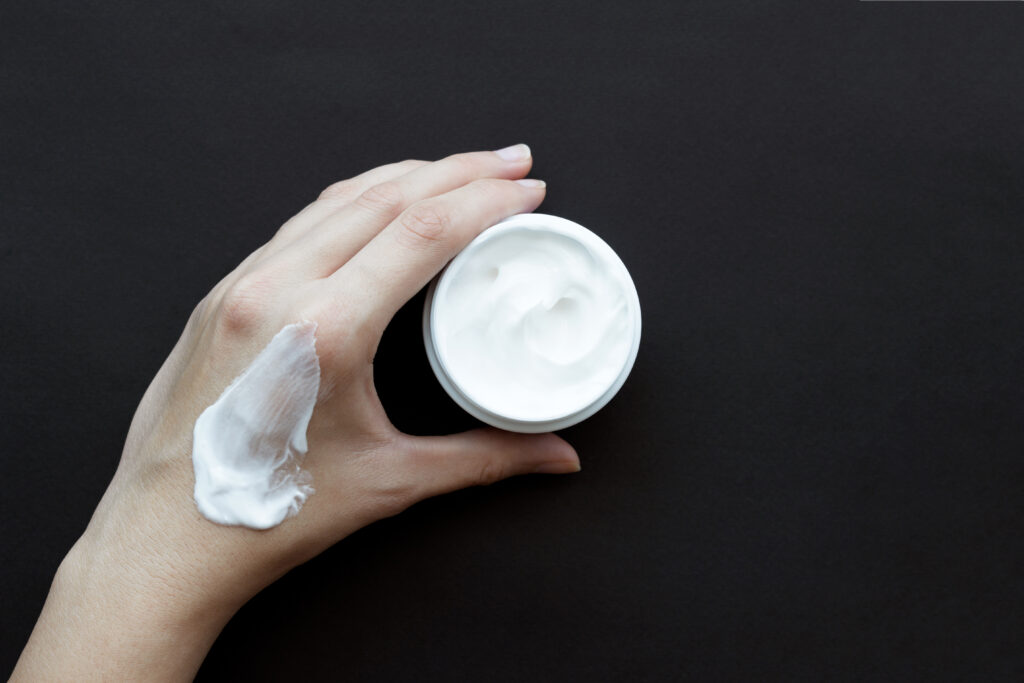
Light gels and water-based formulas may feel refreshing in warm months, but they often fall short in winter. Cold air, wind, and heaters strip moisture quickly, leaving skin unprotected. Without a richer cream, dry patches and rough texture can appear. Thicker products provide a cushion against harsh conditions.
Creams with ingredients like ceramides, shea butter, or squalane help maintain smoothness. They build a stronger barrier that lasts throughout the day. Switching to these options doesn’t mean abandoning lighter formulas forever—it just means adjusting to seasonal needs. Making this change often reduces irritation in a short time.
Ignoring Lip Care
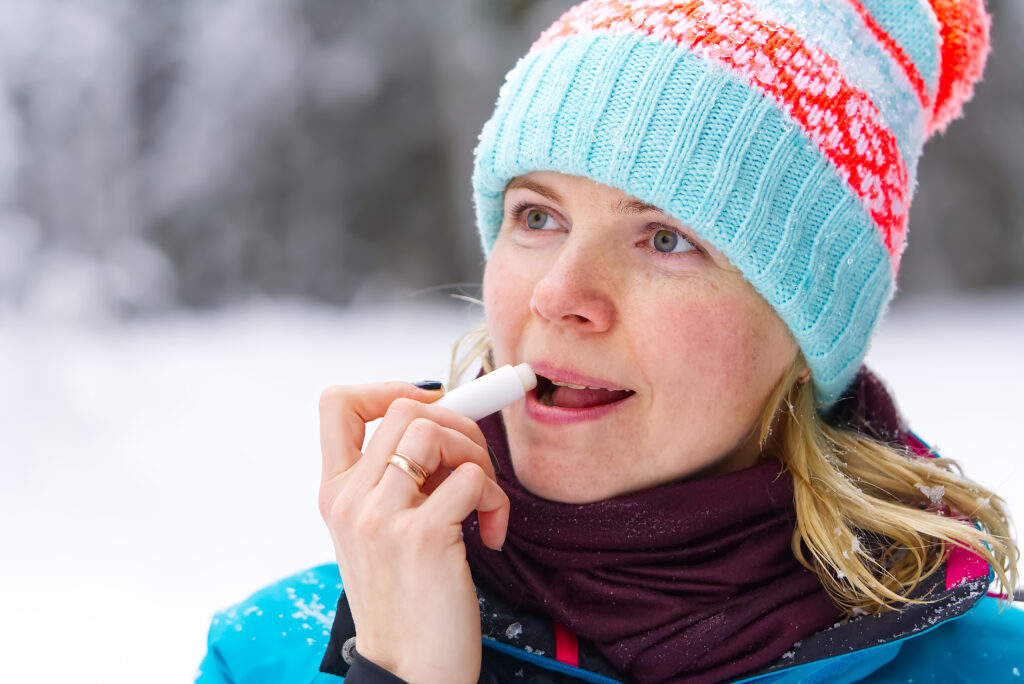
The lips don’t have oil glands, so they dry out much faster than the rest of the face. Cold air, wind, and frequent licking can cause painful cracks. Once they split, healing takes longer and can be uncomfortable. Skipping lip balm only makes the problem worse.
A good balm used often prevents chapping before it starts. Look for protective ingredients such as beeswax, shea butter, or lanolin. Applying before bed gives the product time to work overnight. Keeping one in your pocket during the day makes reapplication easy and routine.
Over-Exfoliating Dry Skin
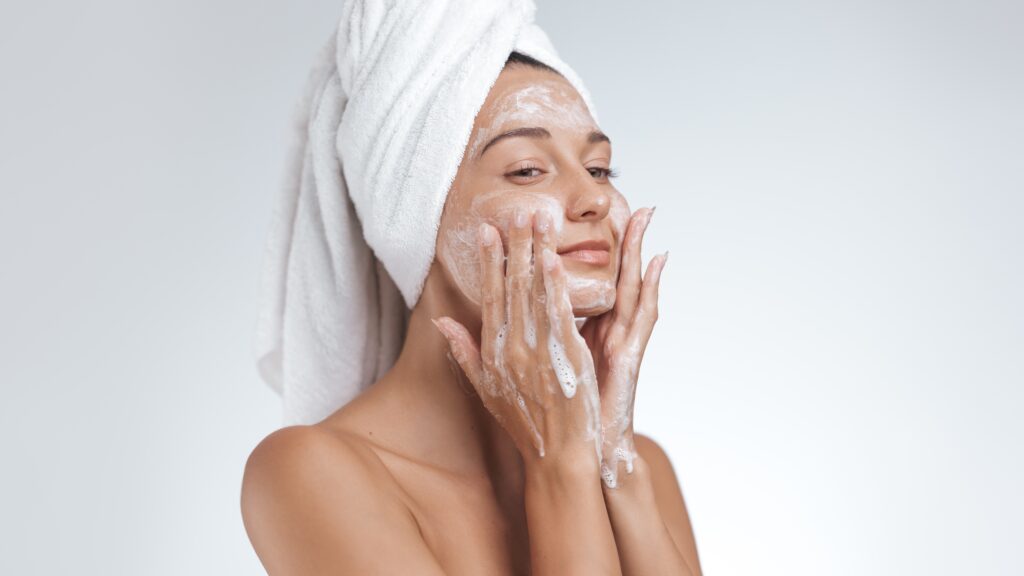
Exfoliation removes dead cells and can brighten skin, but in winter it’s easy to go too far. Harsh scrubs or frequent peels strip away natural oils when skin already struggles with dryness. Instead of smoothness, the result can be redness and increased sensitivity. Overdoing it weakens the skin barrier.
Gentle exfoliation once a week is usually enough for most people. Enzyme-based or mild chemical formulas are often less irritating than gritty scrubs. Pairing exfoliation with a hydrating mask helps replenish moisture. This balance supports smoother skin without making dryness worse.
Neglecting Hands and Feet
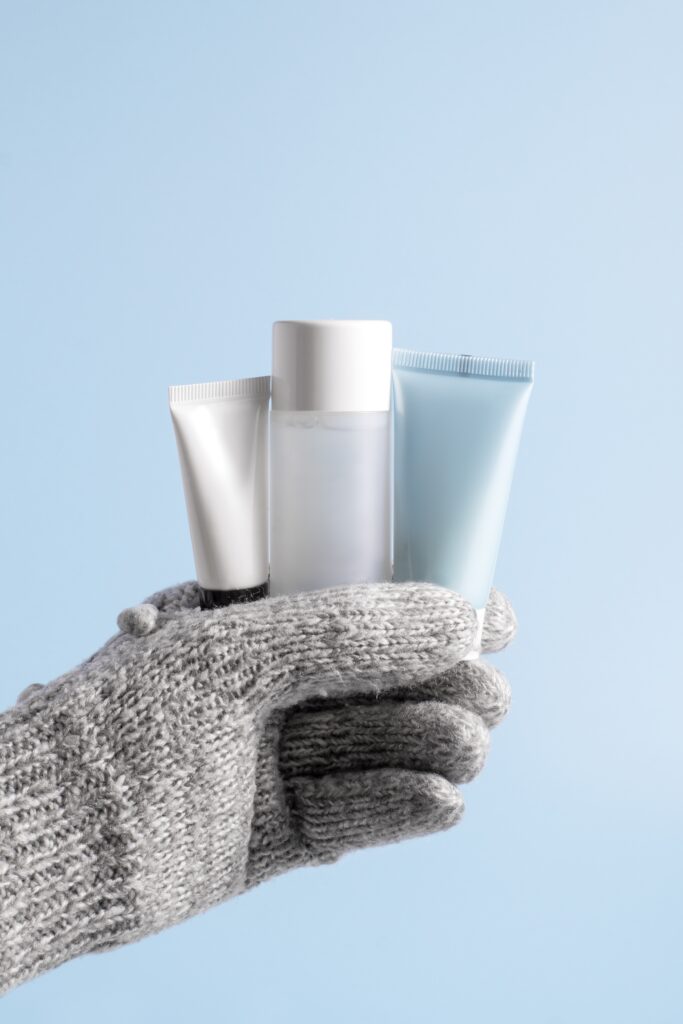
Hands are constantly exposed to cold air, hot water, and drying soaps. Without regular care, they can become rough and cracked. Feet often stay hidden in shoes, but that doesn’t mean they’re safe from winter dryness. Neglect can lead to discomfort and peeling skin.
Wearing gloves outdoors and applying cream before bed helps protect hands. For feet, thicker balms and warm socks allow the product to sink in overnight. These small habits prevent painful splits that can interrupt daily activities. Treating hands and feet as part of your skincare routine makes winter more manageable.
Using the Same Cleanser Year-Round

A cleanser that works well in summer may feel harsh in colder months. Foaming or alcohol-based washes often strip natural oils too aggressively. This leaves the skin barrier more vulnerable to irritation. Switching formulas seasonally keeps skin balanced.
Cream or oil-based cleansers remove impurities without over-drying. They leave skin feeling soft instead of tight. Some even provide extra hydration while cleansing. Making this adjustment can be one of the easiest ways to improve winter comfort.
Cranking Up Indoor Heat Without Humidity
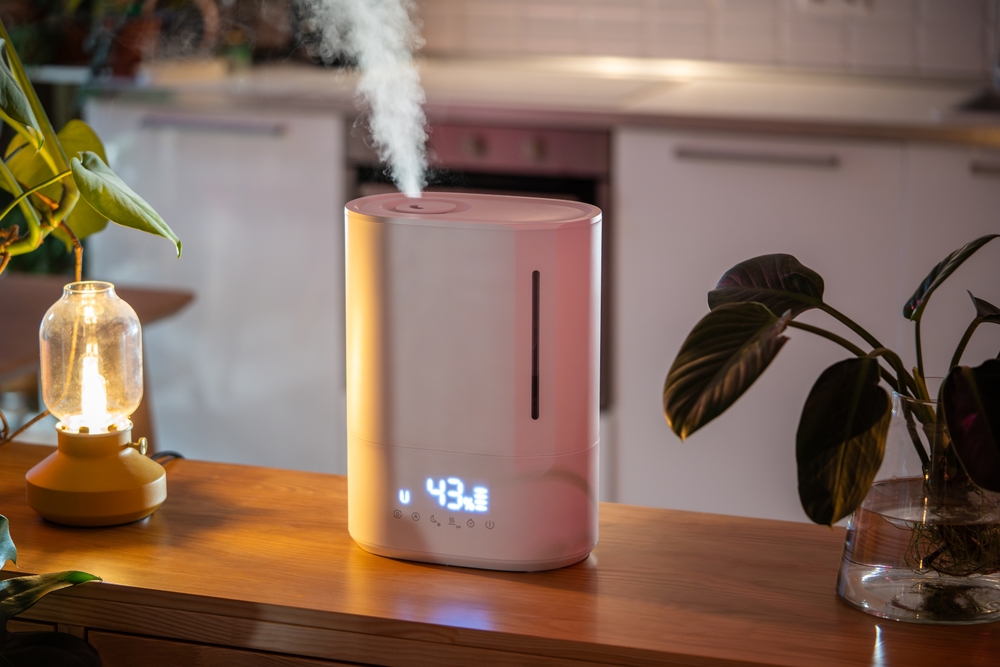
Heating systems dry out indoor air, which pulls moisture from skin. Prolonged exposure makes skin feel itchy, flaky, and dull. This problem often goes unnoticed until irritation sets in. Without a humidifier, the dryness can worsen.
Adding moisture to the air helps the skin retain hydration. A humidifier in the bedroom or living room is an easy solution. Even placing bowls of water near heat sources can make a small difference. Keeping indoor air balanced supports both skin and comfort.
Forgetting to Stay Hydrated
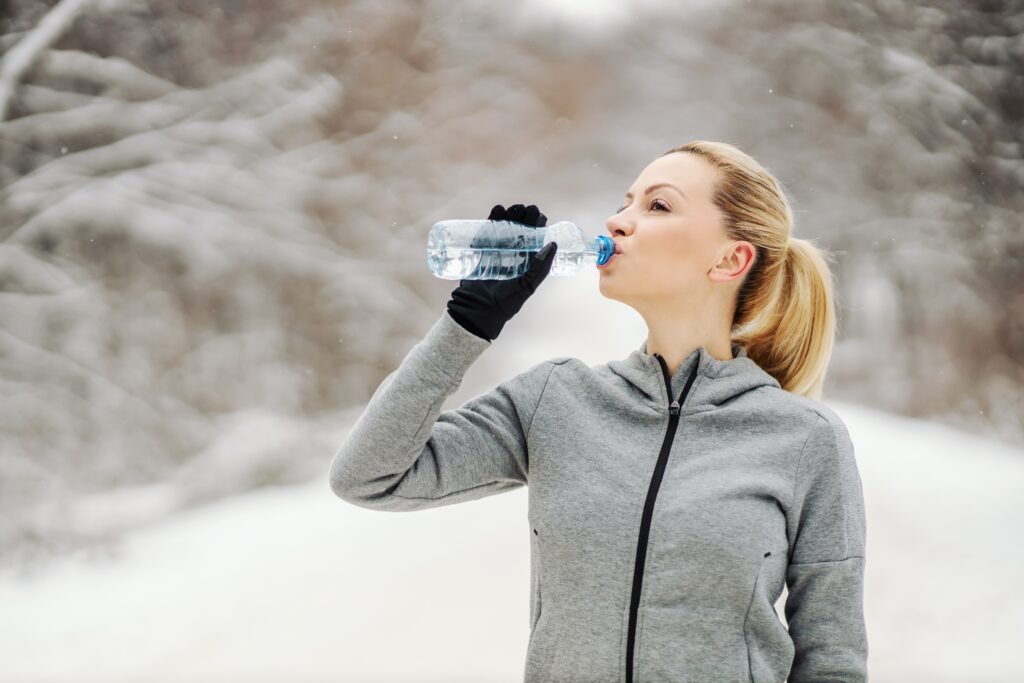
It’s common to drink less water in winter because thirst cues are weaker. However, dehydration affects skin from the inside out. Lack of fluids can make lines more visible and the surface duller. Skincare products can’t fully make up for this loss.
Drinking water regularly, even when you don’t feel thirsty, supports overall hydration. Herbal teas or water-rich foods are good options for variety. Carrying a reusable bottle encourages steady intake throughout the day. This habit helps skin look and feel healthier.
Wearing Irritating Fabrics Against Bare Skin
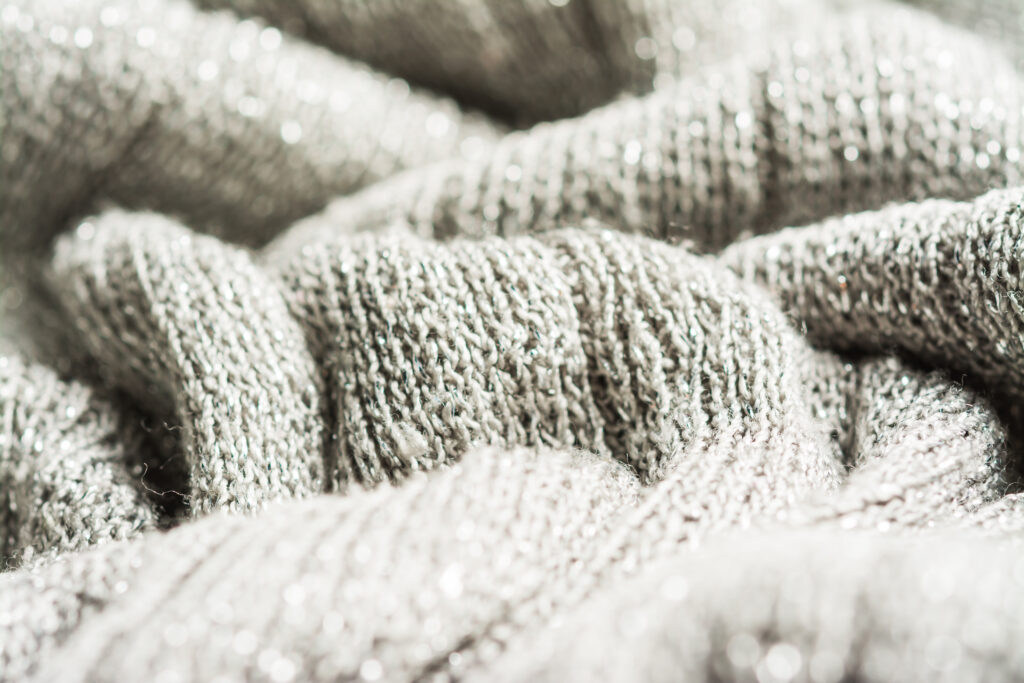
Wool and synthetic fabrics can feel warm but may cause itching or redness when worn directly on skin. Friction makes irritation worse in already dry conditions. Sensitive areas like the neck and arms are especially prone to discomfort. Skipping a soft underlayer often leads to avoidable irritation.
Breathable cotton or silk worn underneath helps reduce this problem. These fabrics act as a buffer between skin and harsher materials. Choosing lined clothing or layering smartly makes a big difference in comfort. Protecting skin in this way keeps dryness from turning into rashes.
Overlooking Eye Area Care

The skin around the eyes is thinner and loses moisture quickly. Cold winds and indoor heating accentuate fine lines and dryness. Skipping eye cream leaves this delicate area more vulnerable. Over time, the lack of attention becomes noticeable.
A hydrating formula with ceramides, peptides, or hyaluronic acid provides needed support. Applying gently with a fingertip avoids tugging. Using it morning and night helps maintain smoothness through the season. Consistent care here often improves the overall appearance of the face.
Relying Only on Face Products, Not Body Care
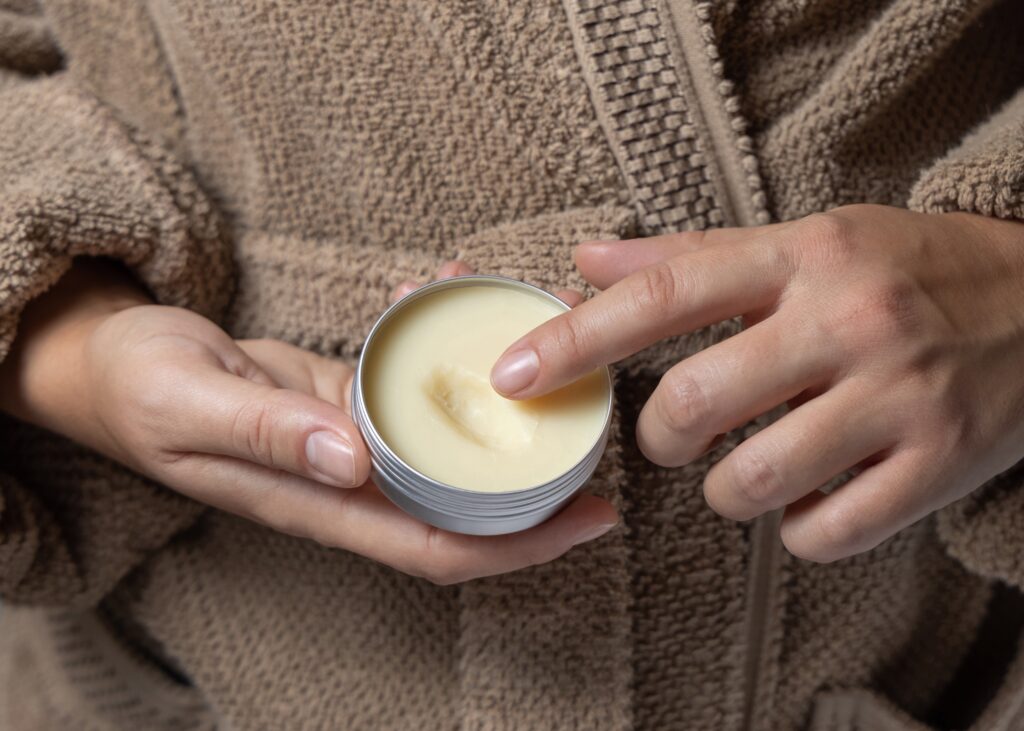
Winter routines often center on facial skincare, leaving the rest of the body forgotten. Cold weather affects arms, legs, and elbows just as much. Without lotion, rough patches can develop quickly. Neglecting body care makes daily dryness harder to manage.
A rich cream or body butter applied after showering helps retain hydration. Focusing on areas like knees and elbows reduces discomfort. Adding this step takes little time but makes a visible difference. Consistent care leads to healthier, softer skin everywhere.
Ignoring Nighttime Skincare

Night offers the best chance for skin to repair itself, yet many people skip this step. Without added support, dryness from the day lingers and worsens overnight. Missing out on richer creams or oils limits the benefits of rest. A strong nighttime routine makes mornings easier.
Applying a nourishing product before bed helps seal in hydration. Overnight masks or oils can provide extra protection in harsh weather. Choosing products with calming ingredients also reduces irritation. This habit supports recovery and prepares skin for the next day.
This article originally appeared on Avocadu.
